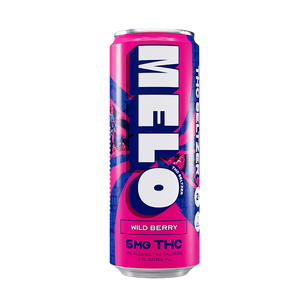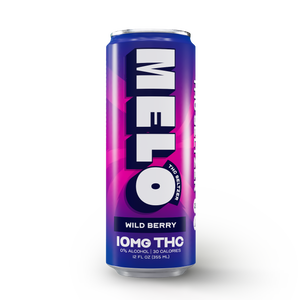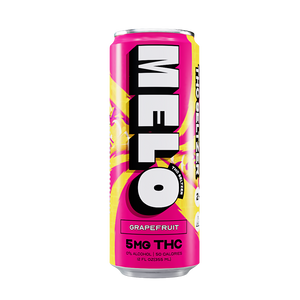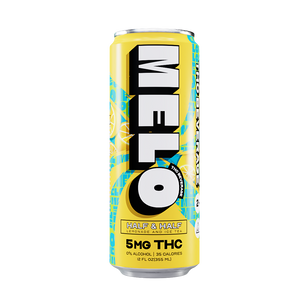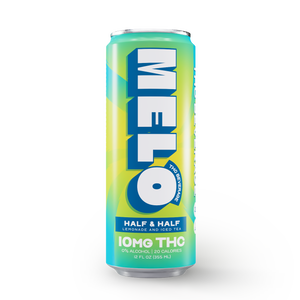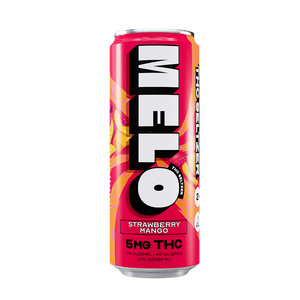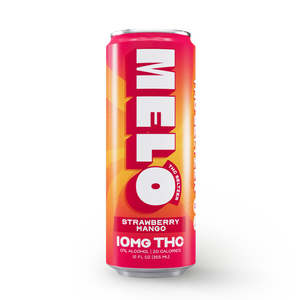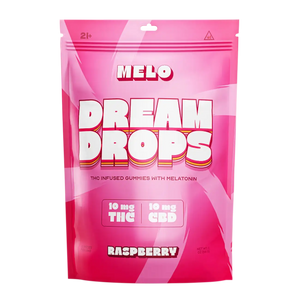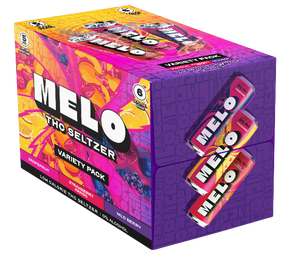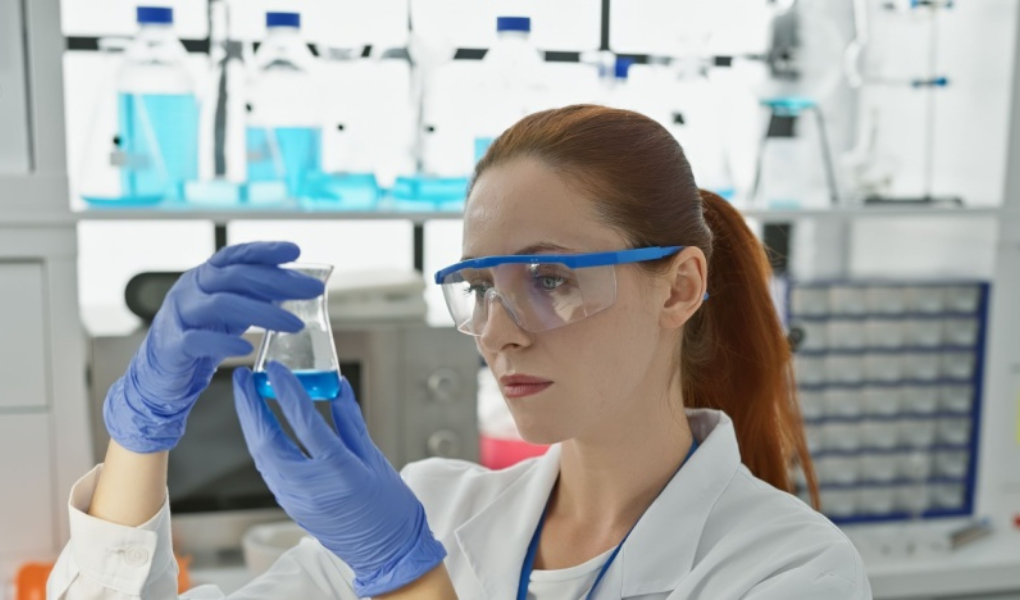

Understanding THC Dosages and Lab Testing for Cannabis Drinks: A Comprehensive Guide
Effects of Different THC Beverage Dosages
Beverages containing cannabis, also referred to as weed drinks, are gaining popularity as a convenient method for consuming THC. The impact of these drinks can differ significantly depending on the amount ingested, and users need to have a good understanding of THC tolerance and its effects to have a safe and pleasant experience.
Low Dosage (2.5mg - 5mg THC): A low dosage of THC in beverages typically results in mild effects, making it suitable for beginners or those with low THC tolerance. Users may experience a slight sense of euphoria, relaxation, and mild alterations in sensory perception without feeling overwhelmingly high. These effects generally occur within thirty minutes to 2 hours and can last a few hours.
Moderate Dosage (5mg - 10mg THC): At moderate dosages, the effects become more pronounced. Users can expect more potent euphoria, increased relaxation, and enhanced sensory experiences. For those with moderate THC tolerance, this range provides a balanced high that can improve social interactions or relaxation without causing significant impairment.
High Dosage (10mg - 20mg THC and above): High dosages of THC in beverages are recommended for experienced users with a well-established tolerance. The effects can be intense, including strong euphoria, profound sensory changes, and potentially couch-lock effects. It is important to start with a lower dose and slowly increase it to avoid adverse effects.
Steps Involved in Testing THC Potency in Beverages
Testing the potency of THC in cannabis drinks is a critical step to ensure product safety and consistency. The process involves several precise steps:
- Sample Preparation:
The beverage sample is homogenized to ensure an even distribution of THC throughout the liquid. This step is vital as THC can settle or separate, leading to inaccurate potency readings.
- Extraction:
To extract the THC, a solvent, such as ethanol, is added to the homogenized sample. This process may involve heating or sonication to improve extraction efficiency.
- Filtration:
The mixture is filtered to remove any solid particles, leaving a clear solution that contains the extracted THC.
- Analysis:
The filtered solution undergoes meticulous examination using techniques like High-Performance Liquid Chromatography (HPLC). HPLC separates the THC from other cannabinoids and compounds, ensuring precise quantification of its concentration.
- Data Interpretation:
The HPLC results are interpreted to determine the beverage's THC potency. These results are compared to regulatory standards for THC beverage testing to ensure compliance.
The Importance of 3rd Party Lab Testing for THC Products
Third-party lab testing is essential for THC products, including cannabis drinks, to ensure consumer safety and product reliability.
-
Objectivity:
Independent labs provide unbiased results, ensuring that the reported THC potency and purity are accurate and trustworthy.
-
Comprehensive Guide to Lab Testing THC Products:
Third-party labs follow stringent protocols and use advanced equipment to test for various contaminants, including pesticides, heavy metals, and microbial impurities, in addition to THC potency.
-
Understanding Lab Certifications for THC Beverages:
Labs certified by reputable organizations demonstrate their adherence to high testing standards and methodologies, providing an additional layer of trust for consumers.
-
Consumer Confidence:
Products that undergo third-party lab testing and display lab results on their packaging or websites are more likely to be trusted by consumers, increasing brand loyalty and sales.
Common Problems in THC Beverage Testing
Despite the importance of testing, there are several common problems associated with THC beverage testing:
-
Inconsistent Sampling:
THC can be unevenly distributed in beverages, leading to consistent sampling and accurate potency results. Proper homogenization of samples is crucial to address this issue.
-
Matrix Effects:
The complex composition of cannabis drinks, which may include sugars, flavors, and other cannabinoids, can interfere with the accuracy of THC measurements. However, with the availability of advanced analytical methods and proper calibration, these effects can be effectively mitigated, providing a sense of reassurance to the industry.
-
Regulatory Variations:
Different regions have varying regulatory standards for THC beverage testing, which can complicate compliance for manufacturers operating in multiple markets. However, staying updated with local regulations and ensuring consistent testing practices are not just important; they are essential for the industry's growth and reputation.
-
Cost and Accessibility:
Comprehensive testing can be expensive and time-consuming, potentially limiting access for smaller producers. Developing cost-effective and efficient testing methods is necessary to support the growing industry.
In conclusion, cannabis drinks offer a unique and enjoyable way to consume THC. Still, understanding the effects of different dosages, the steps involved in testing THC potency, the importance of third-party lab testing, and joint problems in THC beverage testing are crucial for both producers and consumers. By adhering to regulatory standards and employing reliable testing methods, the industry can ensure the safety and satisfaction of its products.
